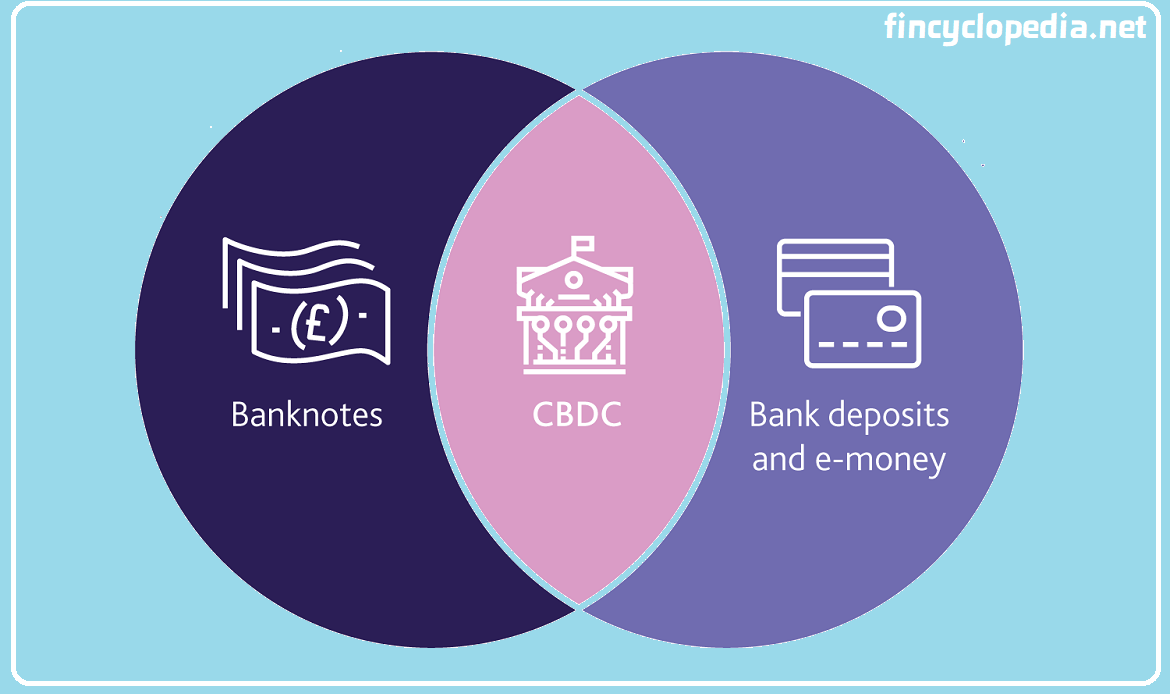The capital of a bank or financial institution that consists of paid-in capital, capital reserve, surplus reverse, general reserve, undistributed profits (retained earnings), eligible portion of minority interests (non-controlling interests), etc. Common equity tier 1 capital (CET-1) is the highest grade of a bank’s regulatory capital, as it has the ability to absorb losses instantly as/ when they arise. Additional tier 1 capital (AT1) is also a loss absorbent on a going-concern basis. However, AT1 instruments do not meet all the criteria for classification as part of CET-1.
Differently stated, CET-1 is the sum of common shares (or its equivalent), stock surplus, retained earnings, other comprehensive income (OCI), qualifying non-controlling interests and regulatory adjustments.
Common equity tier-1 capital is part of tier-1 capital (which consists of common equity tier-1 capital plus additional tier-1 capital).





